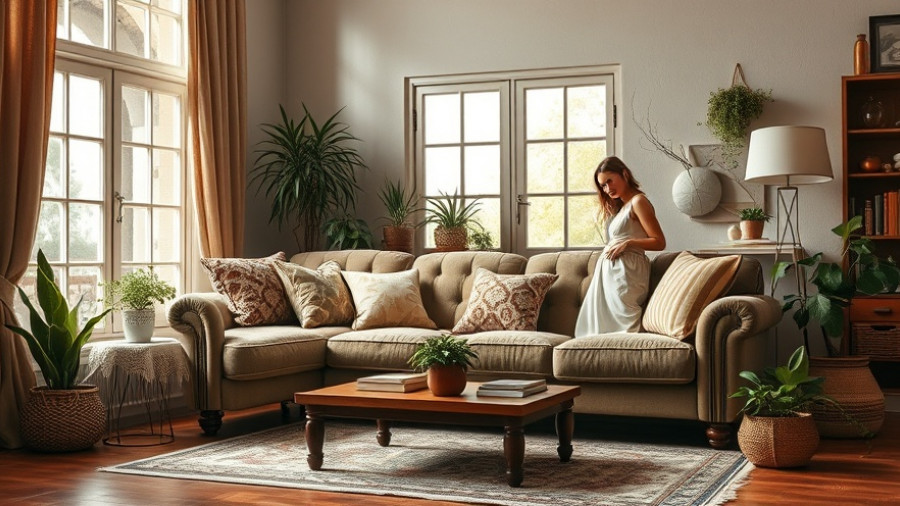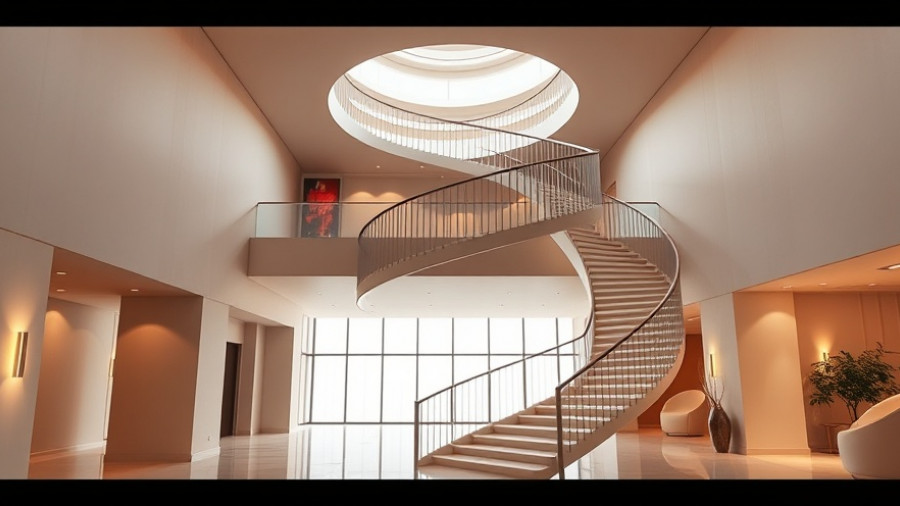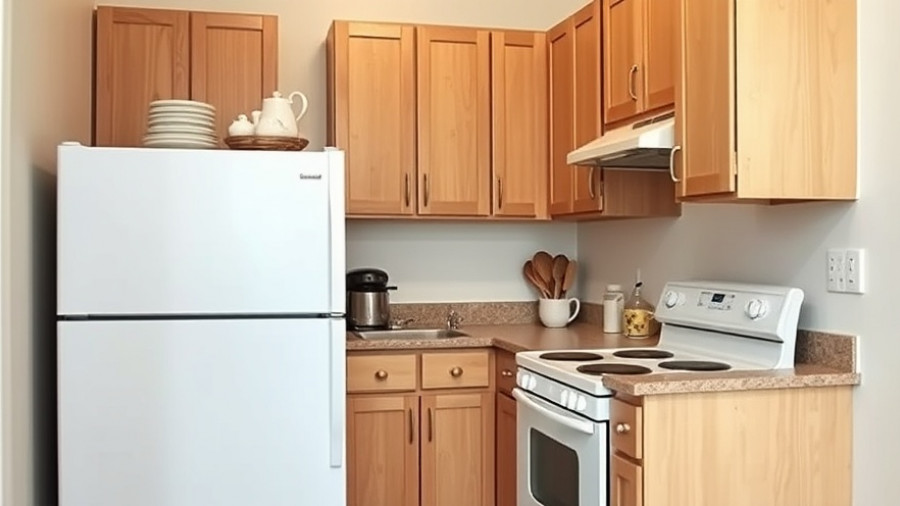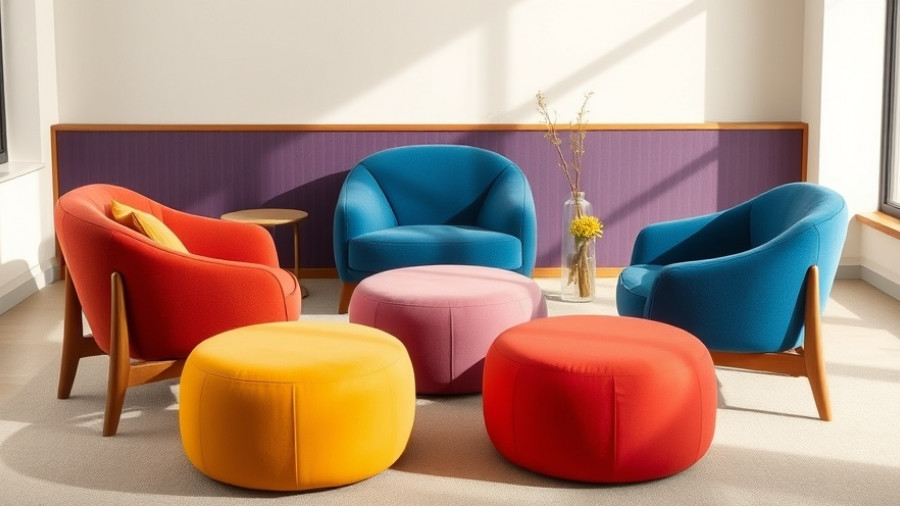
Understanding the Philosophy of Reuse in Home Design
Retrouvius—a unique salvage business and design studio founded by Maria Speake and Adam Hills—has carved a niche in merging creativity with sustainability. Based in London, this couple represents a growing movement that emphasizes the importance of reusing materials in interior design. Their journey began in the early 1990s at architecture school in Glasgow, where they witnessed the heartbreaking demolition of historic buildings. This sparked a passion for preserving the valuable materials and architectural components being lost to waste.
Creating Beautiful Spaces through Salvaged Materials
Retrouvius is more than just a design firm—it's a manifesto for the **reuse mindset**. Maria’s newly published book dives into various home projects, showcasing how salvaged materials can breathe new life into spaces. Celebrities like Helena Bonham Carter have turned to Retrouvius to help them achieve stunning transformations in their homes. The stories shared in the book illustrate a fundamental principle: reuse isn’t merely about aesthetics but encapsulates responsibility and respect for resources.
Examples that Inspire: From Discarded to Desired
Throughout their work, Retrouvius resurrects elements that many might overlook. Take a North London living room, for example, where original wooden floors and vintage tapestries intermingle with soft, tactical colors inspired by nature. Maria notes that materials can carry memories and emotional value—offering a “tactile personality.” The design decisions embody a commitment to sustainability, turning what might be dismissed as outdated into cherished treasures.
Why Reuse Matters: The Broader Implications
In an era dominated by mass production and a disposable culture, the philosophy put forth by Retrouvius prompts critical reflection. It challenges homeowners and craftsmen to **consider the environmental impact** of their choices. By prioritizing salvage over new, individuals can significantly reduce waste while enjoying the unique charm that comes with historical materials. As the saying goes, “one man's trash is another man's treasure.” This adage rings even more accurate within the context of home renovation.
Lessons in Design for Homeowners and Contractors
For homeowners looking to remodel, engaging with this philosophy can unlock economical solutions that are simultaneously unique and environmentally friendly. Contractors can also benefit from understanding this trend. By using salvaged materials, they can not only appeal to eco-conscious clients but also showcase their **innovative approaches** to design. Retrouvius provides a case study on how a design philosophy can propel both creativity and sustainable practice.
Reimagining Spaces: Practical Tips for DIY Projects
Those embarking on DIY renovations can take inspiration from Retrouvius to incorporate salvaged elements into their own projects. Here are a few actionable insights:
- Explore local salvage yards or antique shops for unique finds.
- Be open to unexpected uses for materials—an old door can become a headboard or a bookshelf.
- Consider the story behind materials; understanding their past can deepen the connection to your space.
Ultimately, the journey of reusing materials invites homeowners and contractors alike to step outside conventional mindsets and approach design with a heart dedicated to sustainability.
Visit Retrouvius for Inspiration
As you delve into home design, consider the lessons from Retrouvius. Their approach transcends mere aesthetics, encouraging a mindset rooted in responsibility, resourcefulness, and respect for history. By thinking differently, each project becomes not just a renovation but a celebration of what once was and what can be again.
To learn more about innovative design solutions, visit Retrouvius and immerse yourself in the world of responsible design and reuse. You might just find the inspiration you need for your next project.
 Add Row
Add Row  Add
Add 




Write A Comment